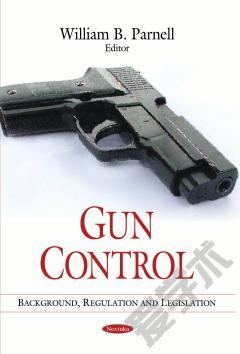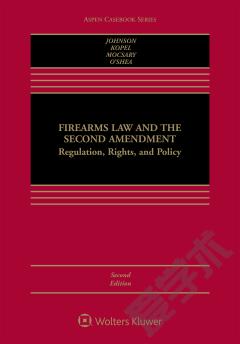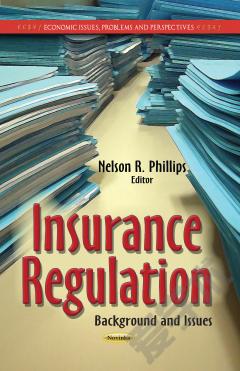Gun Control: Background, Regulation and Legislation
“Virtually every crime gun in the United States starts off as a legal firearm,” according to then-Bureau of Alcohol, Tobacco and Firearms (ATF) director Bradley Buckles. In a report, the ATF looked at how guns then “pass through the legitimate distribution system of federally licensed firearms dealers” before ending up in the hands of criminals. The ATF concluded, in part, that, “there is a large problem of diversion to the illegal market from licensed gun establishments.” When a gun is recovered in a crime, the ATF can use the serial number on the gun to trace back to where it first left the legal market - tracing from the first sale of the firearm by an importer or manufacturer, to the wholesaler or retailer, to the first retail purchaser. In some cases, that first retail purchaser is the link between the legal and illegal markets. Looking at trace information, the ATF found that “a small group of dealers accounts for a disproportionately large number of crime gun traces.” More than 85 percent of dealers in the U.S. had no crime guns traced to them at all in 1998, while about 1 percent of licensed firearm dealers accounted for 57 percent of traces that same year. The ATF also concluded that “sales volume alone cannot be said to account for the disproportionately large number of traces associated with those dealers.” Gun control legislation is also analyzed in this book.
{{comment.content}}








 京公网安备 11010802027623号
京公网安备 11010802027623号